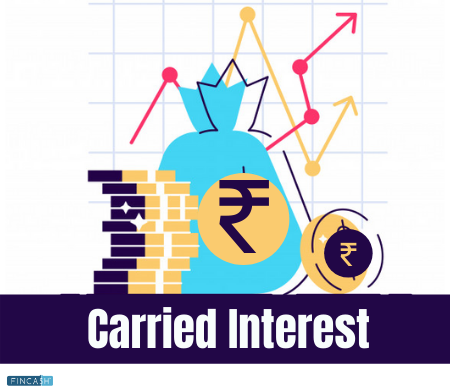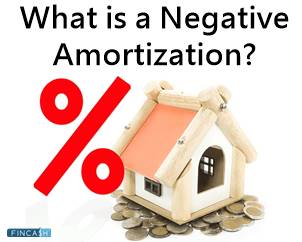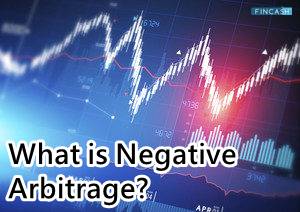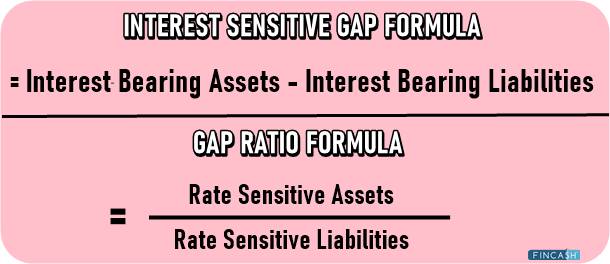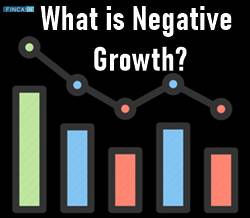
Negative Carry
Negative carry phenomenon is defined as a condition where holding the shares or other securities cost more than the money you make from these shares. Portfolio managers do not favor negative carry as it results in a loss from an investment. Even though it can turn out to be an unnecessary expense, many investors end up getting stuck in the negative carry as they keep the shares and stocks for an extended duration in the hope that its price will go up. In simple words, the investments that cost you a large amount to hold than the returns they produce will lead to negative carry.

It doesn’t necessarily have to be the stocks and shares. In fact, negative carry can occur in nearly all types of investment, including Real Estate, businesses, forex, derivatives, commodities, Bonds, and other securities. Even the financial institutions can face a negative carry if the cost of the loan is more than the money they earn from the debt interest.
Understanding Negative Carry
Note that the negative carry does not result in any form of Capital gains when the investor sells these assets. In fact, the main reason why negative carry occurs is that the investors predict an uptrend in the securities they have purchased. They hold the share as they anticipate the prices or Market value of the securities they are holding will increase in the near future. As a result, the amount they pay to hold these securities go above the returns they make from the investment.
A common example of a negative carry is your home. Homeowners who use their homes for residential purposes face this issue. Not only do you have to pay the interest on the mortgage, but you also have to pay for the maintenance of your home. If you plan on keeping the house for the next few years, then there is a chance you could make Capital Gains. That’s because the prices of real estate are highly likely to increase over time. So, if you keep your house for a while and sell it when its price increases, then you can earn capital gains.
Talk to our investment specialist
Example of Negative Carry in Bond Investment
In the investment context, negative carry happens when the cost of your investment is higher than the returns the investment will generate. For example, if you apply for a loan that costs 10% interest to purchase bonds that pay you 5% interest, then you will have a negative carry of 5%.
You will spend more on this investment than the returns you earn when the bond reaches maturity. However, if the value of the bond increases in the future, then it can Offset the loss from the negative carry. The question is why would an investor purchase a bond when the holding price of the investment costs them more than the capital gains? Well, it happens only when the bonds are offered at a discounted price or its price is expected to increase in the future.
All efforts have been made to ensure the information provided here is accurate. However, no guarantees are made regarding correctness of data. Please verify with scheme information document before making any investment.
